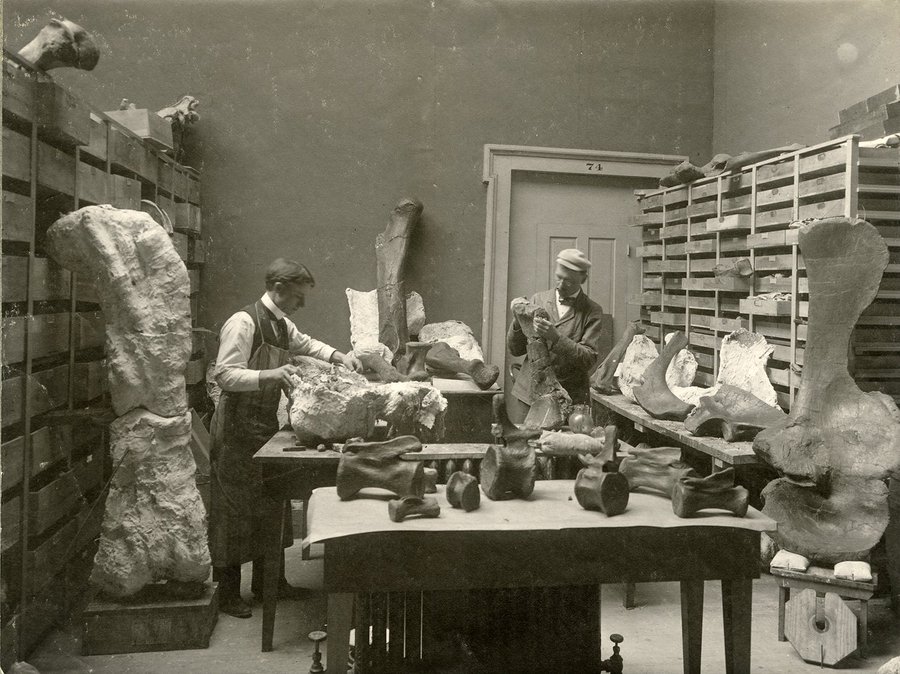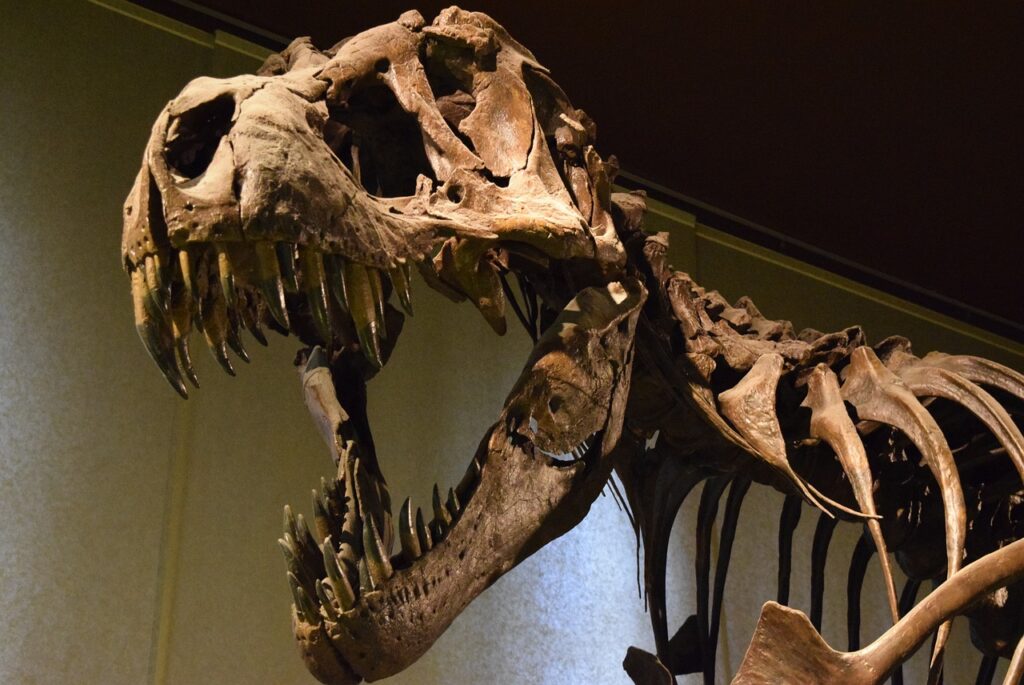Four people have been indicted for allegedly purchasing and selling 150,000 pounds of “paleontological resources,” meaning dinosaur bones, taken from public lands in southeastern Utah. They are accused of exporting over $1 million worth of fossil bones, committing several felonies violating the Paleontological Resources Preservation Act. That law prohibits removing paleontological resources without a permit, including fossils and bones, from federal land, punishable by two-years in prison and a $20,000 fine. These folks are in serious trouble.
Although such collecting and commercial trafficking was common in earlier times, our generation generally believes such historic and cultural resources should be left and studied where they are found. There are exceptions for casual collectors of small common items, but everything else requires permits. For 30 years, Federal law has required universities, libraries, and museums to return objects of cultural significance to Native American Tribes, for example. That includes not only bones but also “funerary objects, sacred objects, and objects of cultural patrimony,” a very broad definition that includes almost all archeological finds. Congress explicitly acknowledged that such cultural items removed from public lands do not automatically belong to those who removed them.
For years, there has been increasing dialogue about the vast possessions of wealthy museums, universities, and other institutions that could afford to finance expeditions and research. A prime example is the often-heated discussion about whether the British Museum should keep such antiquities as the Rosetta Stone and the sculptures taken from the Parthenon and Acropolis. Museums argue that they paid for the original expeditions and were therefore entitled to the finds. Native groups answer that these are nothing more than the spoils of victors, and that local authorities are perfectly capable of stewarding such treasures today. The same argument is made by Egyptian and Greek authorities, and by Native American tribal leaders.
Against the backdrop of this ongoing dispute, Illinois just adopted a new statute, updating a weaker 1989 law, requiring museums to return cultural items to tribal authorities. The debate centered on the plundering of “objects unearthed in the past 200 years by plows and bulldozers, by archeologists, or by profiteering marauders.” The inclusion of archeologists in that context is especially ironic in Illinois, since Chicago’s Field Museum of Natural History houses one of the world’s foremost collections of dinosaur bones and other paleontological resources, most of which were not found in Illinois.
Hundreds of Redlands residents drive past Riggs Hill just west of Grand Junction every day, scarcely noticing the historic marker or stopping to learn of its significance. It is the site where in 1900 the famed paleontologist Elmer Riggs and his team (Harold Menke and James Abbott) discovered the largest dinosaur yet found, which Riggs researched, described, and named brachiosaurus. Later that year he found another, now called apatosaurus, near Fruita, both on expeditions financed by the Chicago Field Museum. They have been displayed there since 1908.

Riggs collected important discoveries for years, including a T-Rex cousin in Alberta, and similar remains from two multi-year expeditions in South America. They took bones from Argentina, Bolivia, Peru, the Amazon jungle, and British Honduras (Belize). The expeditions were promoted to find South American Cenozoic mammals. But they didn’t just find these fascinating prehistoric creatures, they took them home to Chicago.
That is still standard procedure for such well-funded institutions, as evidenced by the Field Museum’s latest project, the bones of a 35-foot-long duck-billed dinosaur called parrosaurus missouriensis that museum scientists uncovered in Missouri. The bones have been shipped to Chicago for cleaning and study, not left in place as the law expects of amateur paleontologists who find similar fossils.
One of the reasons the Utah grand jury was so offended by the latest fossil profiteers is that dinosaur tourism is important to the region’s economy. As a BLM official explained, “Southeastern Utah is a well-known destination for visitors to experience paleontology on the landscape. The public deserves the opportunity to benefit from and appreciate prehistoric resources on the lands.”
Dinosaur tourism is also vital to Fruita, whose small Dinosaur Journey Museum is just minutes from the site where Riggs uncovered one of the world’s most famous dinosaurs. But the Chicago Field Museum gets over a million visitors annually, with children’s education programs such as “The Biggest Dinosaur to Ever Walk the Earth Just Wants to Text You.” It sends back texts from dinosaurs, with cute expressions such as “I am having a wonderful time in Chicago.” I wonder if any ever say, “I miss Colorado – when can I go home?”
See more from Greg Walcher here
Subscribe to RANGE magazine
Call 1-800-RANGE-4-U
You may also like
-
BLM resource management plans stymie Western states’ energy development
-
Groups sue Biden Administration to protect Right Whales from offshore wind project
-
Arizona rancher sues to stop million-acre national monument
-
VDH: How to Destroy the American Legal System
-
Protect The Harvest: The whole truth about Western ranching


